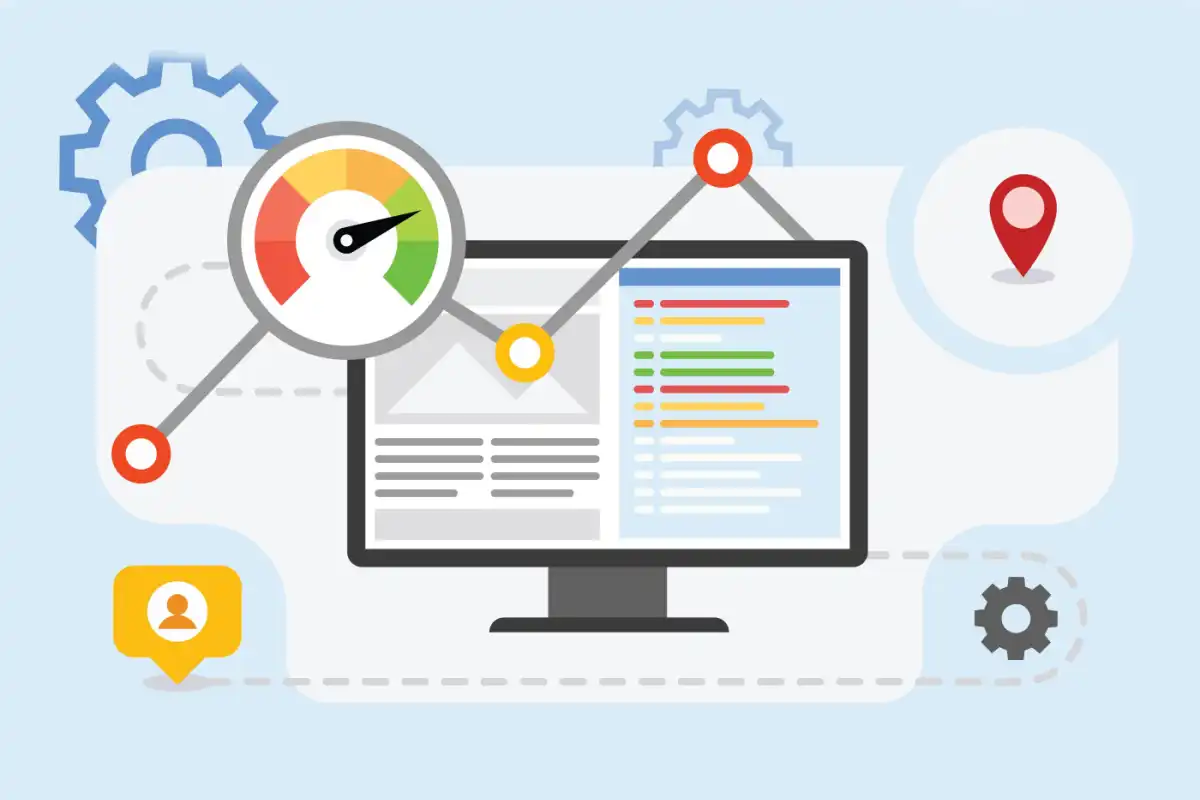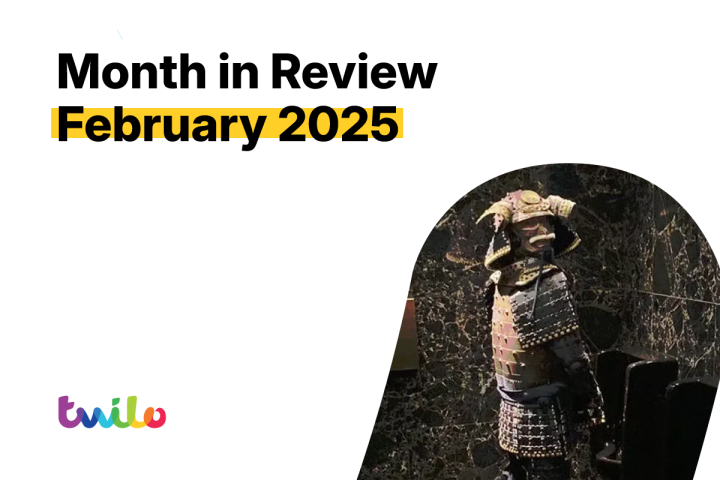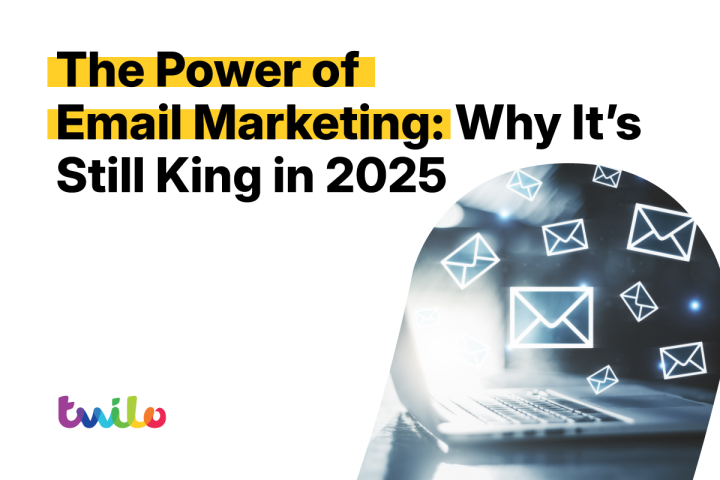Quicker than sonic after a double espresso.
The speed of a website is absolutely critical as it has a direct impact on the user’s experience. When a website takes too long to load, users can become frustrated and subsequently leave, leading to a higher bounce rate. In today’s digital age, where users demand instant gratification, the speed of a website has become a critical factor in providing an exceptional user experience.
Bounce Rate
A high bounce rate is an indication of the percentage of users that exit a website after only viewing one page and can significantly harm your website’s ranking on search engines such as Google. They have made it clear that website speed is a ranking factor, and slow-loading websites may be penalised in search engine rankings.
A study was done by Google which found if a user must wait longer than three seconds for a website to load, the bounce rate increases by 32%. Additionally, a one-second delay in page load time can result in a 7% reduction in conversions.
Website speed has a significant impact on both SEO rankings and user experience. A fast-loading website can not only reduce the bounce rate but can also, enhance user engagement, and increase conversions.
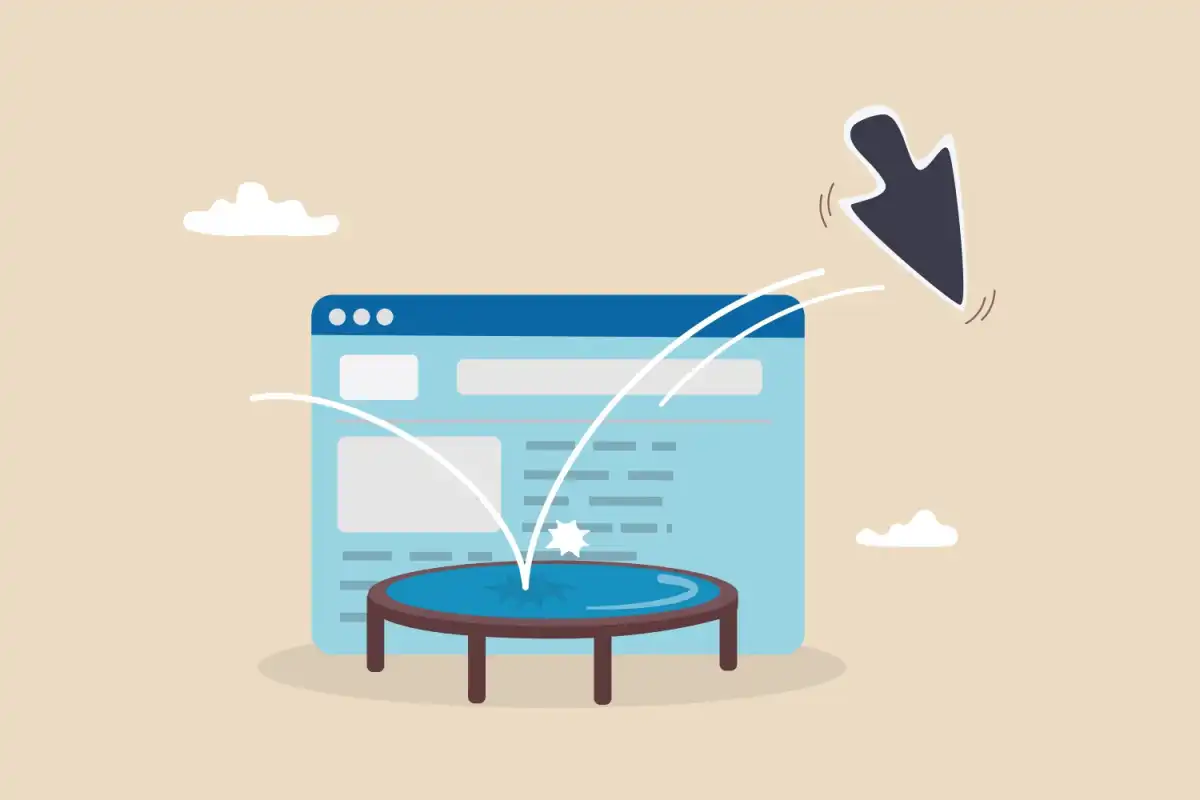
User Experience On Your Website
The user experience plays a critical role in determining whether users will take action on your website. A poorly designed website with difficult navigation can hinder users’ ability to access the necessary information needed. Ultimately, resulting in a lower conversion rate. The conversion rate is the percentage of users who take a specific action on your site. A low conversion rate may also negatively impact your search engine ranking.
The impact of a website’s user experience on SEO rankings is significant. A positive user experience can lead to increased engagement and overall user satisfaction, ultimately resulting in higher conversion rates. Conversely, a poor UX can result in a negative user experience, leading to lower engagement, which can have a detrimental effect on SEO performance. Therefore, it is imperative to prioritise website UX in order to optimise SEO performance and achieve business goals.
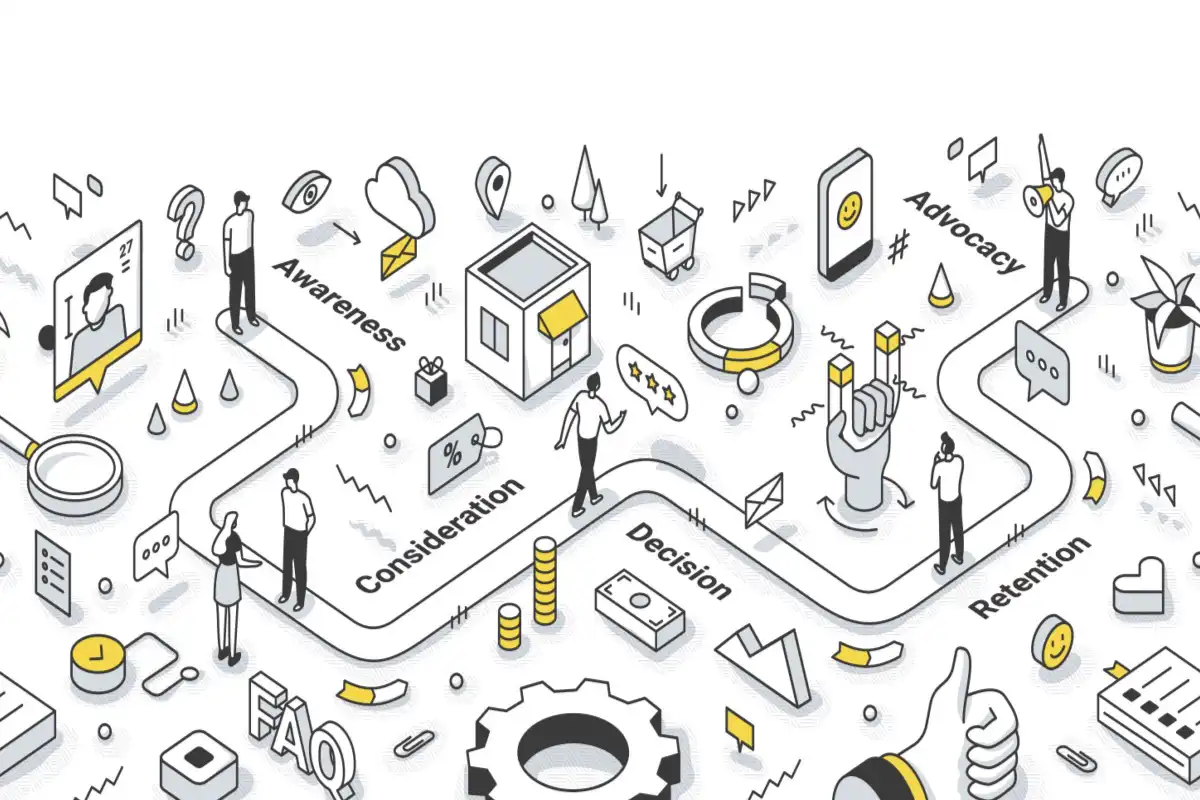
What Does It All Mean?
In conclusion, when you are trying to improve your website’s SEO ranking, it is crucial to keep in mind and even prioritise user experience and website speed. A positive user experience will encourage visitors to stay on your site for longer, which reduces the bounce rate. Additionally, a faster website speed will boost your ranking. To enhance these factors, consider optimising your website design, minimizing HTTP requests, and optimising your images when looking at the speed of your website.

